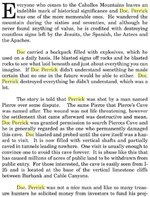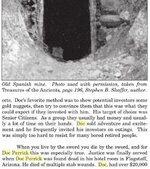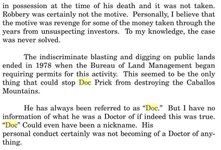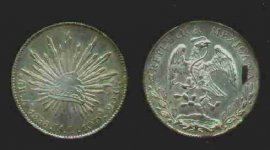gollum
Gold Member
- Jan 2, 2006
- 6,729
- 7,597
- Detector(s) used
- Minelab SD2200D (Modded)/ Whites GMT 24k / Fisher FX-3 / Fisher Gold Bug II / Fisher Gemini / Schiebel MIMID / Falcon MD-20
- Primary Interest:
- All Treasure Hunting
Matt,
First, ya gotta find some TorC Old Timers that knew the man. Find out if he had any family. Eventually you will find out that it disappeared and someone has it or that it hasn't been seen since he died.
Mike
First, ya gotta find some TorC Old Timers that knew the man. Find out if he had any family. Eventually you will find out that it disappeared and someone has it or that it hasn't been seen since he died.
Mike













